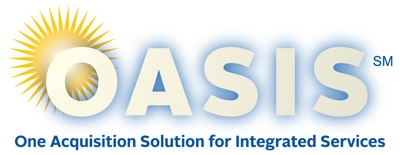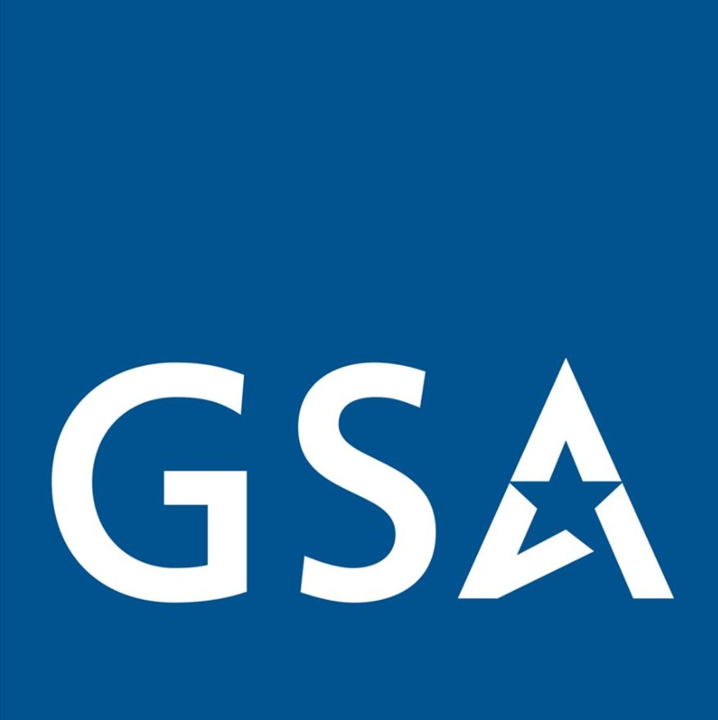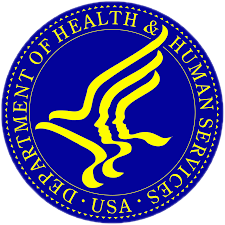Contracts
Best In Class Vehicles

GSA OASIS SB 8A Pool 1
OASIS SB Pool 1 8(a) is OMB Designated Best in Class(BIC) Government-wide Acquisition Contract(GWAC) which can be used by all Federal agencies with streamlined access to a broad spectrum of Professional/Scientific/Technical services including Information Technology Support, Program Management, Engineering, Management/Business Consulting, Human Resources and Logistics Consulting. Awardees consist of only 8(a) small businesses. All orders issued under OASIS SB 8(a) are automatically considered set-aside for 8(a) Program Participants as only 8(a) Program Participants were awarded an OASIS SB 8(a) contract.
Note: Please be informed that the sole-source 8(a) contract limit is $4.5 million under FAR 19.805-1(a)(2) and $25 million under FAR 19.808-1(a) as published in FAC 2022-08.

8(a) STARS III
8(a) STARS III, a small business set-aside GWAC, provides flexible access to customized IT solutions. This next-generation GWAC builds upon the framework of 8(a) STARS II and expand capabilities for emerging technologies and OCONUS requirements
Note: Please be informed that the sole-source 8(a) contract limit is $4.5 million under FAR 19.805-1(a)(2) and $25 million under FAR 19.808-1(a) as published in FAC 2022-08.


